Ethereum Shifts to Proof of Stake: Its Effect on the ASIC Market
Ethereum is moving to proof of stake. With plans to phase out of proof of work and transition into “The Merge” (formerly known as ETH 2.0) as soon as June 2022 (mid-Q2, or whatever), there are broader implications for both Ethereum and Bitcoin miners – as well as the ASIC market – so it’s important to understand: what is the difference between proof of work and proof of stake, and why should you care?
Proof of work (PoW), the current consensus mechanism used most notably in mining Ethereum and Bitcoin, refers to the underlying algorithm that sets the difficulty and rules for work performed by miners, with “work” referring to mining itself. According to Ethereum’s website, PoW is important because “the chain’s length helps the network follow the correct Ethereum chain and understand Ethereum’s current state. The more ‘work’ done, the longer the chain, and the higher the block number, the more certain the network can be of the current state of things.”
Proof of stake (PoS), on the other hand, is performed by validators who have staked ETH in order to participate in the system. Chosen at random, a validator creates new blocks and shares them with the network, earning rewards. Intense computational work isn’t necessary as you simply need to have staked your ETH in the network, which is what incentivises healthy network behavior. PoS also requires users to stake their ETH in order to become a validator, who is responsible for the same thing as miners in PoW: ordering transactions and creating new blocks so that all nodes can agree on the state of the network.
TLDR: PoS (Future) = No more mining, PoW (Present, about to be extinct) = GPU Mining
Ethereum is Moving to PoS… Again
Ethereum’s transition to PoS, referred to as “The Merge” or ETH 2.0, is not a recent development. Beginning in 2017, it was originally planned for launch in 2019. Fast forward to 2022, there seems to be much more confidence circulating around this topic, so why are we talking about it again?
Before we jump into the history lesson, let’s clear up some of the terminology. The Merge refers to the merging of all of the history of ETH 1.0 (all coins, everything) into the ETH 2.0 chain. Once that happens, the mining of Ethereum is no more and the entire blockchain is run by the validator nodes. Of course, if Ethereum can no longer be mined, there is no use for GPUs outside of gaming and the mining of alternative coins, such as Ravencoin, Flux and others. While you can continue mining these coins, the long term profitability is highly questionable and is likely to plummet with the demise of Ethereum mining as we know it. But we’ll get to that in a minute.
The purpose of a transition to PoS is to make Ethereum scalable, more secure, and more sustainable. No mining means eco-friendly. What makes this scalability possible is something called “shard chains”. Shard chains, or sharding, is a scaling mechanism that is anticipated to go live in 2023. Instead of dealing with the entire blockchain at the same time, you deal in pieces (think “shards” of glass). The purpose of shard chains is to build a more resilient and more scalable blockchain network.
A Better Picture
It’s important to understand that a transition to PoS from PoW is just that – a transition. PoS presents improvements to the PoW model, merging first before being entirely replaced, as demonstrated in the graphic below. These improvements include improved energy efficiency (as you no longer need energy to mine blocks), fewer hardware requirements for creating new blocks, and stronger support for the aforementioned shard chains (the key player in scaling the Ethereum network). A transition to proof of stake is also expected to result in more nodes in the network, which significantly improves resistance to centralization.
The Merge and The Aftermath
It’s June 2022 and Ethereum has moved to proof of stake. What happened to all of the miners who were using GPUs to mine Ethereum? Well, since mining rigs are purpose-built, meaning they’re better for mining one specific coin, the GPUs went back into the hands of gamers while crypto miners dove head first into the ASIC market.
A significant rise in demand for ASIC mining equipment once Ethereum officially transitions to PoS is not hard to imagine, and that demand is likely to outpace the available supply – a supply which has already been affected by global supply chain disruptions due to Covid-19.
The last 18 months have been very profitable for ETH miners in particular. Many of them began their mining journeys with their personal gaming computers, and have since significantly expanded their mining arsenals by building dedicated GPU mining rigs and farms. This was their first foray into full-time crypto mining, so what now? Well, there’s a slim chance they’ll be willing to give that up, and it’s very likely they’ll keep mining simply because they know mining works. It was these 18 months that helped people see the profit potential, and further turned those who were just exploring their curiosity into hardcore miners.
In light of The Merge, it won’t come as a surprise when these miners sell their used GPUs (gamers rejoice) and start buying ASICs, transitioning to Bitcoin mining. If you’re following our line of logic, an increase in demand and a decrease in supply will cause ASIC prices to jump, making it increasingly difficult to obtain a miner.
All Roads Lead to Rome
A new wave of buyers is on the way. The influx of GPUs on the secondhand market once the merge occurs will have gamers rejoicing, but they’ll be practically useless for crypto mining. With attention turning to ASICs and Q2 just around the corner, it doesn’t hurt to start thinking about buying an ASIC today to avoid FOMO in the future.
Bitcoin and Ethereum are not only the top 2 coins based on market cap, they’re also the top 2 mineable coins. Ethereum’s market cap is half of Bitcoin’s – based on this alone, considering that market cap correlates with the number of miners per coin, it can be assumed that Ethereum has about half as many miners as Bitcoin.
In translation? Bitcoin is about to gain 50% more miners, and they’re all coming from Ethereum.
https://wattum.io/blog/ethereum-shifts-to-proof-of-stake-its-effect-on-the-asic-market/
[link] [comments]

You can get bonuses upto $100 FREE BONUS when you:
💰 Install these recommended apps:
💲 SocialGood - 100% Crypto Back on Everyday Shopping
💲 xPortal - The DeFi For The Next Billion
💲 CryptoTab Browser - Lightweight, fast, and ready to mine!
💰 Register on these recommended exchanges:
🟡 Binance🟡 Bitfinex🟡 Bitmart🟡 Bittrex🟡 Bitget
🟡 CoinEx🟡 Crypto.com🟡 Gate.io🟡 Huobi🟡 Kucoin.

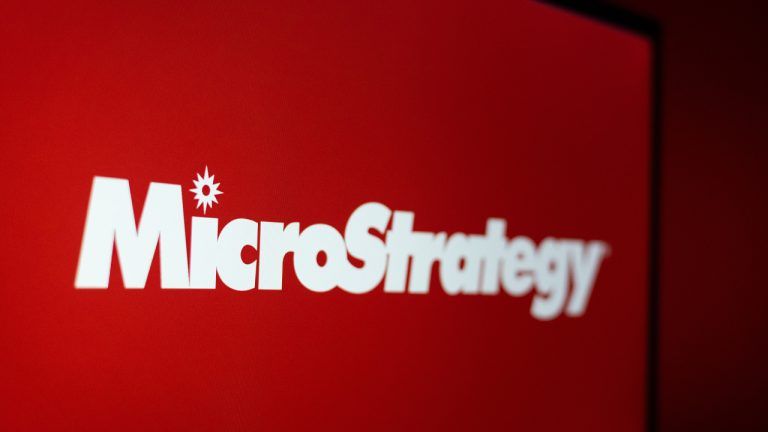
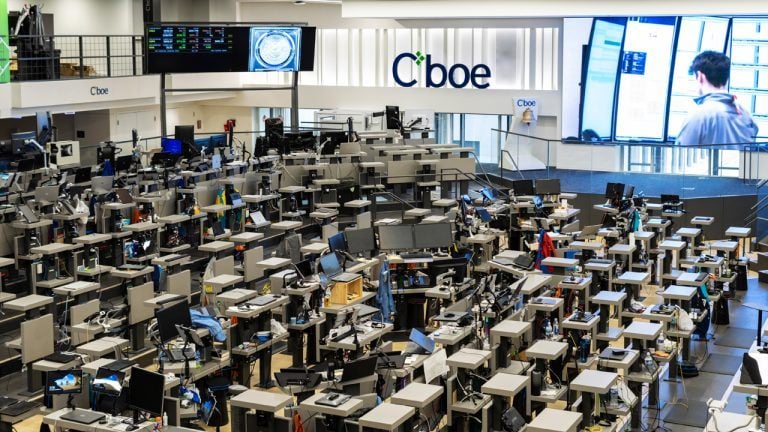


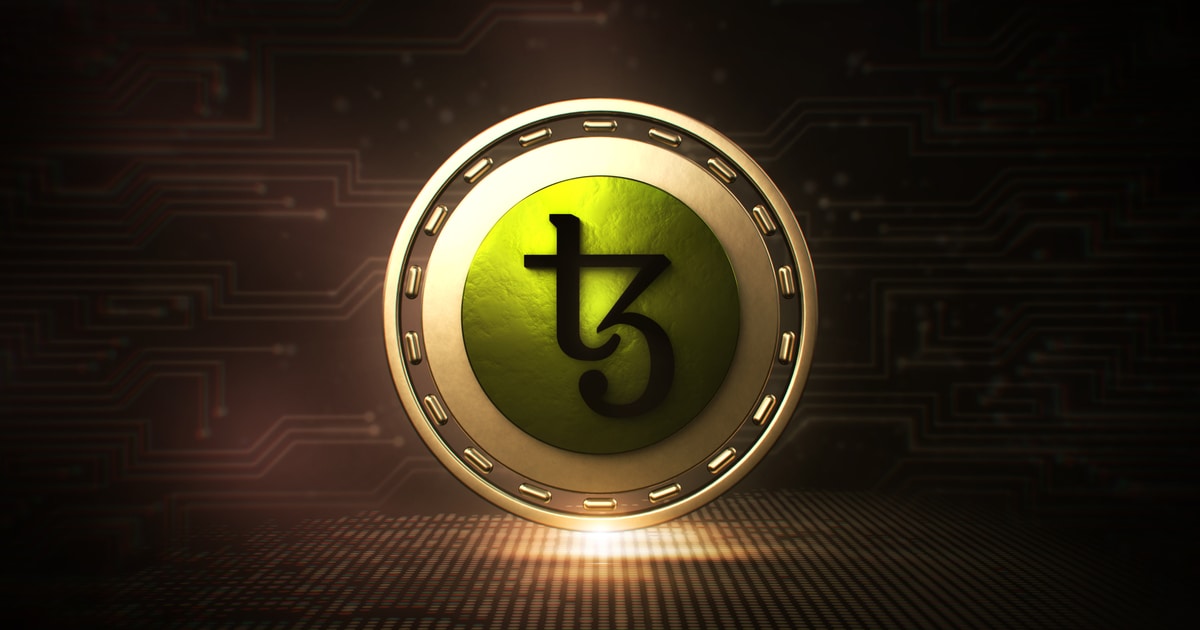
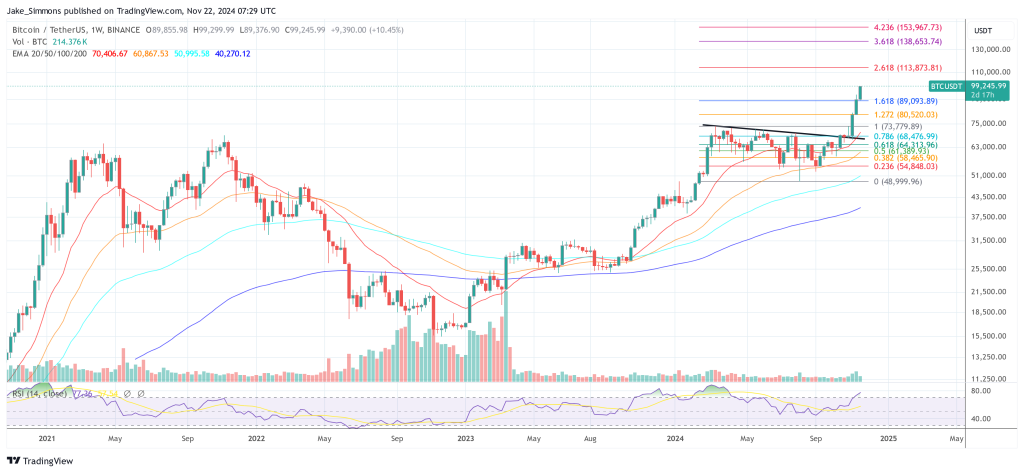












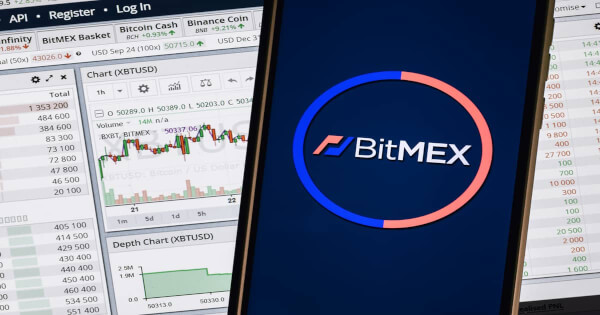
Comments